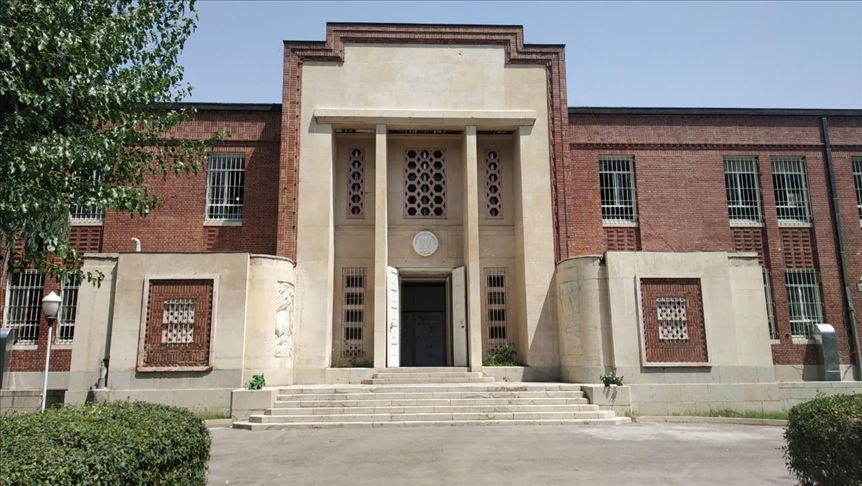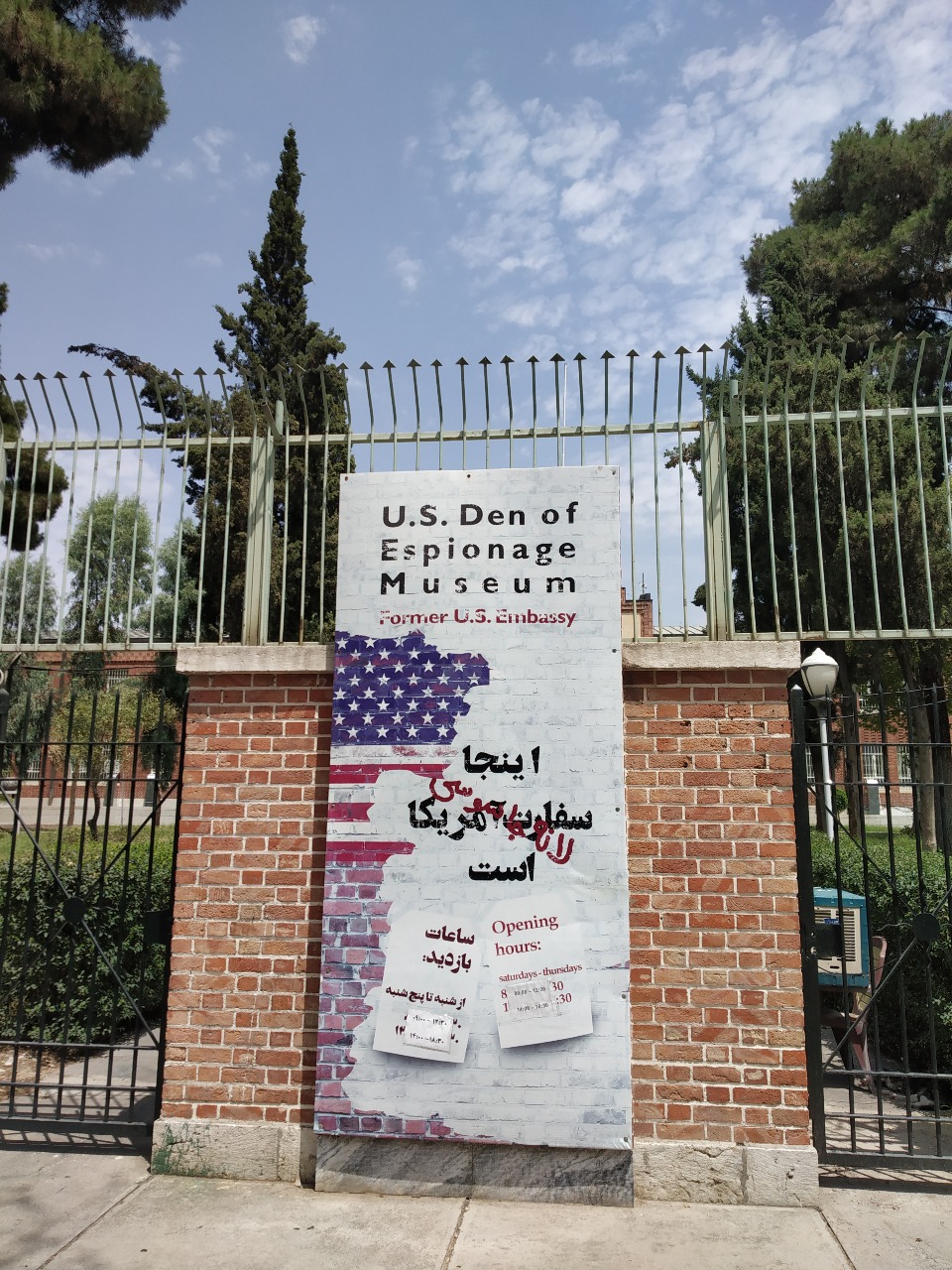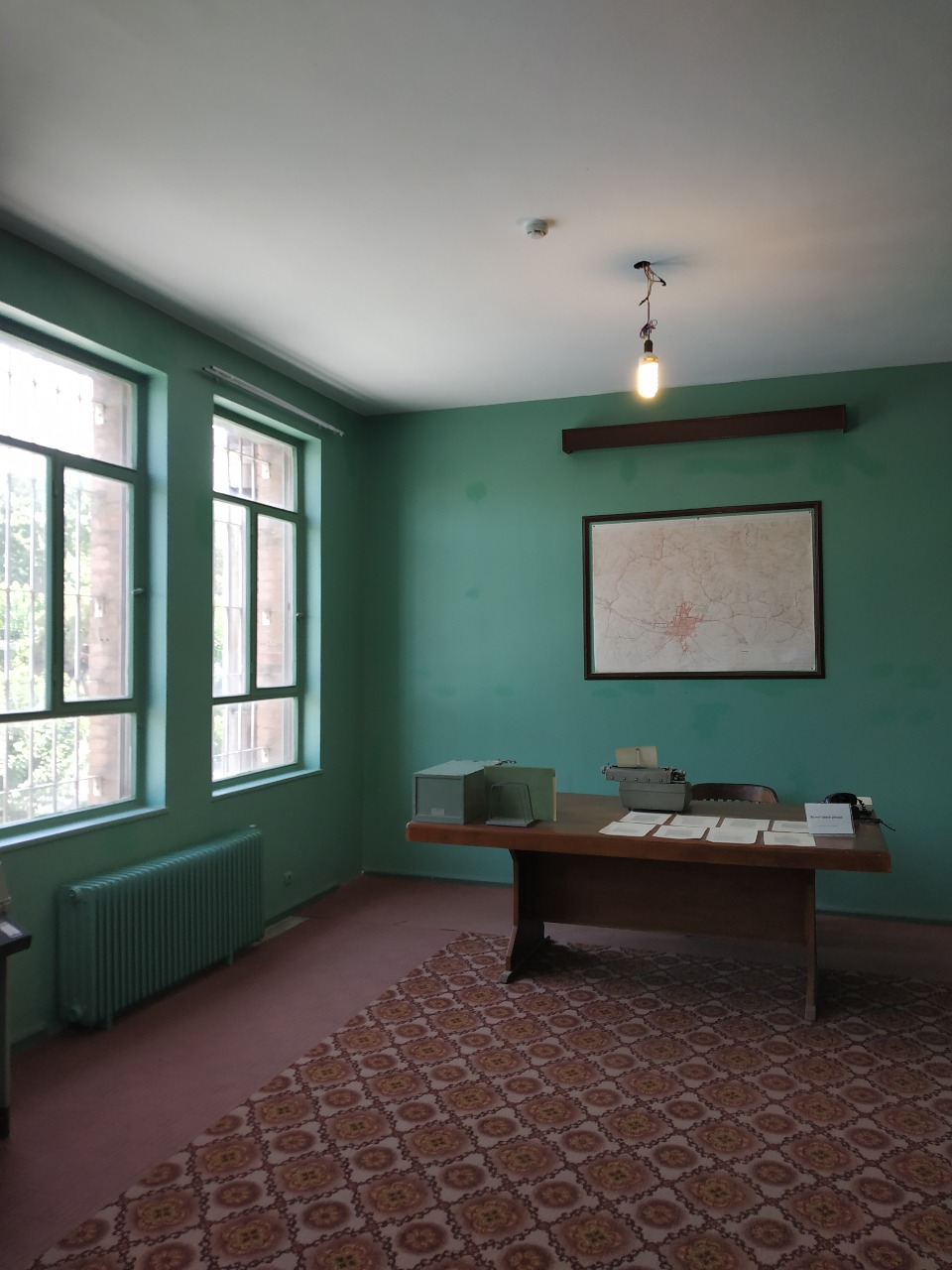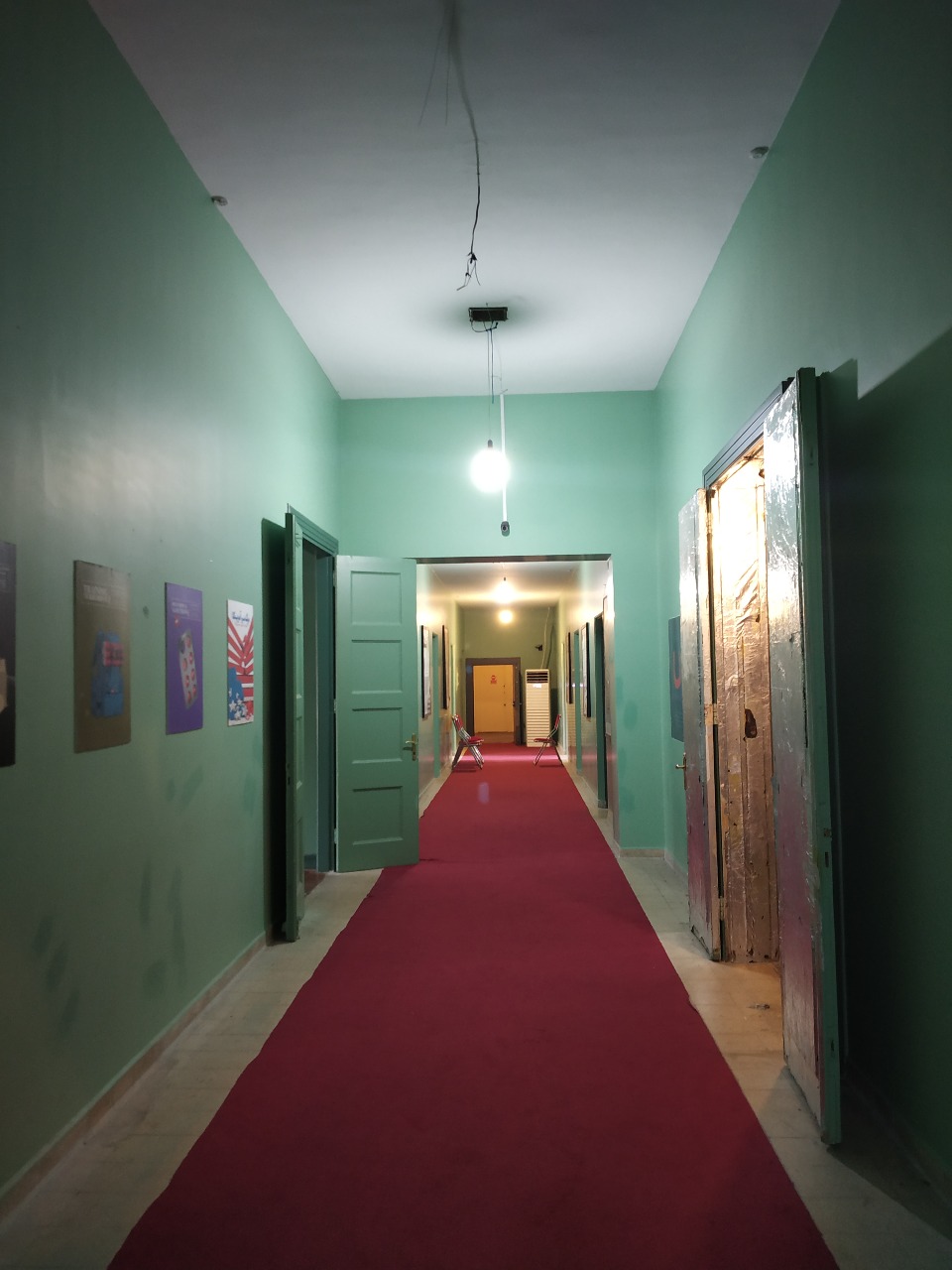Inside America’s former embassy in Iran
In 1979, Iranian students stormed U.S. Embassy in Tehran, taking 60 hostages, mostly diplomats and embassy staff

TEHRAN
A few hundred meters from the bustling political, financial and cultural nerve center of Tehran, ensconced in a green and serene neighborhood, a majestic building made in traditional architecture with high walls and big courtyard is the cynosure of all eyes.
The building has enormous historical and political significance, which is evident from the feistiest political and revolutionary quotes of Iran’s slain student leaders emblazoned on its outer walls.

There are also imaginative murals with anti-American graffiti that catch the visitor’s attention.
In close proximity to Tehran University, the building has a long and bittersweet association with Iran's student community, dating back to November 1979.
The incident that took place four decades ago played a key part in heightening tensions between post-revolution Iran and the United States, which led to a breakdown in political and diplomatic ties between the two countries.
The building is the former embassy of the United States in Iran, now serving as a museum, attracting both foreign and local visitors.
Hostage crisis
On November 4, 1979, a large number of Iranian students stormed the U.S. Embassy in Tehran, jumping over its hall walls, and taking at least 60 hostages, mostly diplomats and embassy staff.
While it is believed that the trigger was U.S. President Jimmy Carter’s decision to allow Iran’s deposed monarch Reza Shah Pahlavi to come to the U.S. for medical treatment, according to Iranian political observers, there was more to it than met the eye.

"The embassy had been turned into a spying center, as the revolution that overthrew the Western-backed Pahlavi regime also marked the end of America’s sinister games in the country," Mahdi Mohammadi, a Tehran-based historian, told Anadolu Agency.
He said the seizure of the embassy by the student revolutionaries marked a watershed moment in Iran's modern history and an end to the U.S. interference in the country’s affairs.
The hostages were released on January 21, 1981, exactly 444 days after the crisis began. During this period, the two countries became sworn enemies, and over the years tensions have only escalated.
'Den of espionage'
While things have completely changed outside the four walls of the imposing building, many things have not changed inside it since the hostage crisis almost four decades ago.
For visitors, a tour of the embassy transports them back to that period when American diplomats used to yield considerable clout in Iran’s power circles.

Now a museum – named "U.S. Den of Espionage Museum" – the place is a reminder of the past, where a bunch of attendants explain to visitors the history of U.S. involvement in Iran and how the embassy was used for alleged spying activities.
"The embassy was not captured by the Iranian students to endanger the lives of the embassy staff, but to convey a message to their bosses in Washington that spying activities shall not be allowed on this soil anymore," an attendant in the main hallway told a group of inquisitive foreign visitors in chaste English.
He took them around the embassy, showed them all rooms and explained in detail the 1979 hostage crisis that shook the world and eliminated the last vestiges of the U.S. influence in Iran.
America's influence
At the main entrance, newspaper cuttings of events pertaining to the 1979 hostage crisis, overthrow of Shah, Ayatollah Ali Khomeini's return from France and his statements against the U.S. are pasted on a notice board. All of them Persian newspapers, but attendants are there to explain stories behind the banner headlines.
There is, however, a quote in English by American scholar Stephen Cohen, which says "America's influence in the world is coming to an end and its return is unpredictable". These words are written in bold with a picture of the Statue of Liberty crouched on a sinking ship with head tilted down in shame.

A flight of narrow, windy stairs lead to the first floor where things have been mostly left untouched. In the main hallway, immediately on the right is a steel chamber with heavy door, which the attendant said was a "secret negotiations room" where documents were allegedly forged by CIA sleuths.
The hallway branches into many rooms, where tables are still in the same position with computers and typewriters lying defunct. Also you find papers and notices dating back to the 1970s spread on the table.
There are also sophisticated devices and instruments that an attendant said were used for surveillance and spying activities, besides a room where documents were forged and fake passports were issued.
The walls of the embassy are decorated with posters explaining the events related to the hostage crisis of 1979, documents and tools discovered from there and encounter of students with hostages.
There are also posters with quotes and pictures denouncing the U.S. government and its officials. One such poster shows caricatures of President Donald Trump, Secretary of State Mike Pompeo and National Security Adviser John Bolton in a comical way.
Symbolic value
A guard at the museum said the place is thronged mostly by foreign travellers, especially Americans, since the place has an emotional value for them.
For Iranians, it is a symbol of American hegemony, and also one of the venues of anti-American protests in the city.
As the guard said, the building is the constant reminder of what U.S. has done to Iran.
In one last year, after the Trump administration withdrew from the 2015 nuclear deal with Iran and announced fresh economic sanctions against the Islamic Republic, many protests have been held in the vicinity of this building.
"Like many things, it has a symbolic value and although it does not function as the U.S. embassy anymore, it will always be seen as one,” said Hamid Babeii, a political commentator based in Tehran.
"Those who witnessed events leading to the 1979 revolution and the subsequent takeover of the embassy would have vivid memories, but for those born in later years, this building is a lesson in history."








